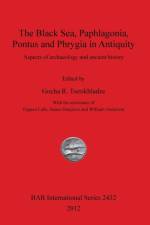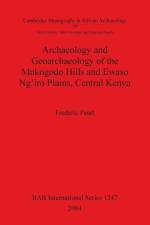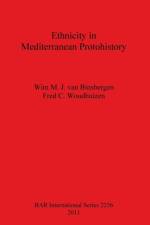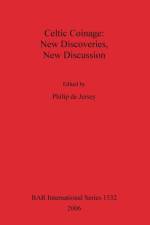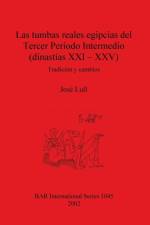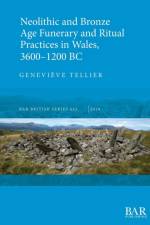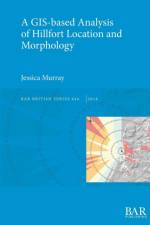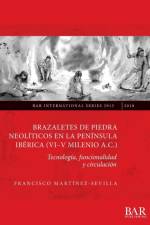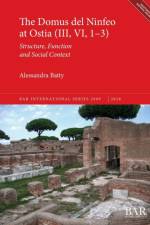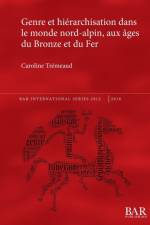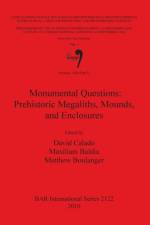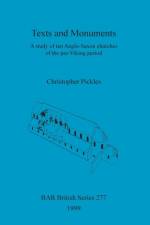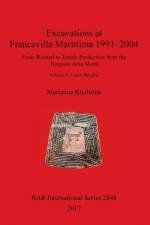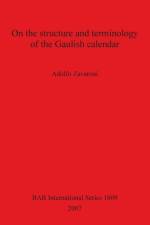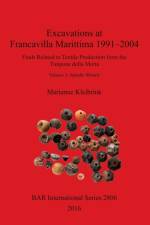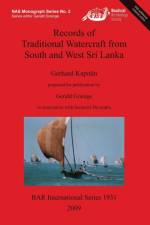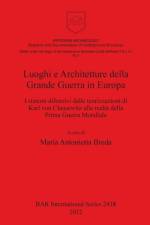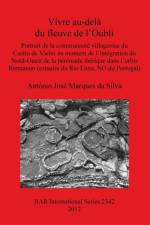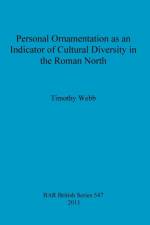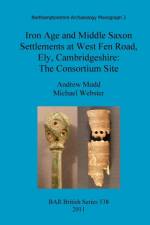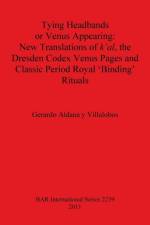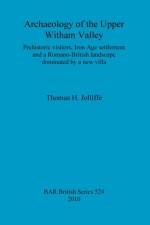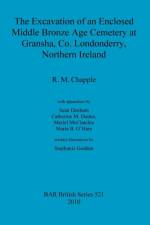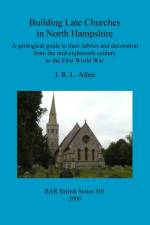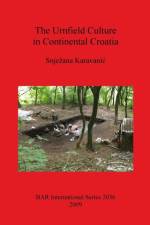von R M Chapple
95,00 €
This volume details the excavation of a remarkably well preserved, enclosed Middle Bronze Age cemetery in the townland of Gransha, Co Londonderry, Northern Ireland (Site 19). The cemetery comprised a series of atypical cists, cut into the bedrock and lined with slabs. In a small number of cases, the original covering slabs survived in situ. While relatively few cists contained human bone, many produced large quantities of charred grain, especially barley. While a number of explanations for this form of deposition are explored, it appears consistent with the tradition of cenotaphic burial and commemoration current in later Irish prehistory. The cists were enclosed within a segmented circle, which may have included a number of alignments between a central stakehole and various other features in its construction. A short distance to the north a second segmented circle, though not associated with burial or grain deposition, was investigated. The whole was enclosed by a narrow, rock-cut, ditch with a possible southern entrance. A series of high-precision AMS radiocarbon determinations, many on barley from the cists, conclusively dated the activity to the Middle Bronze Age period and ranged from 3350±21 BP to 3062±22 BP. Later activity on the site included the construction of a remarkably rare iron-working structure, dated to the Iron Age (dated to 2187±46 BP), and the twentieth century AD disposal of a sheep carcass. While many aspects of the enclosed cemetery may be paralleled at other sites within Ireland, the Gransha site is, by far, the best preserved and most completely excavated. The presence of such large quantities of charred grain, at a site of this date and type, is also unique within the published record.Appendices by Sean Denham, Catherine M. Dunne, Meriel McClatchie and Maria B. O'Hare.Artefact illustrations by Stephanie Godden.

